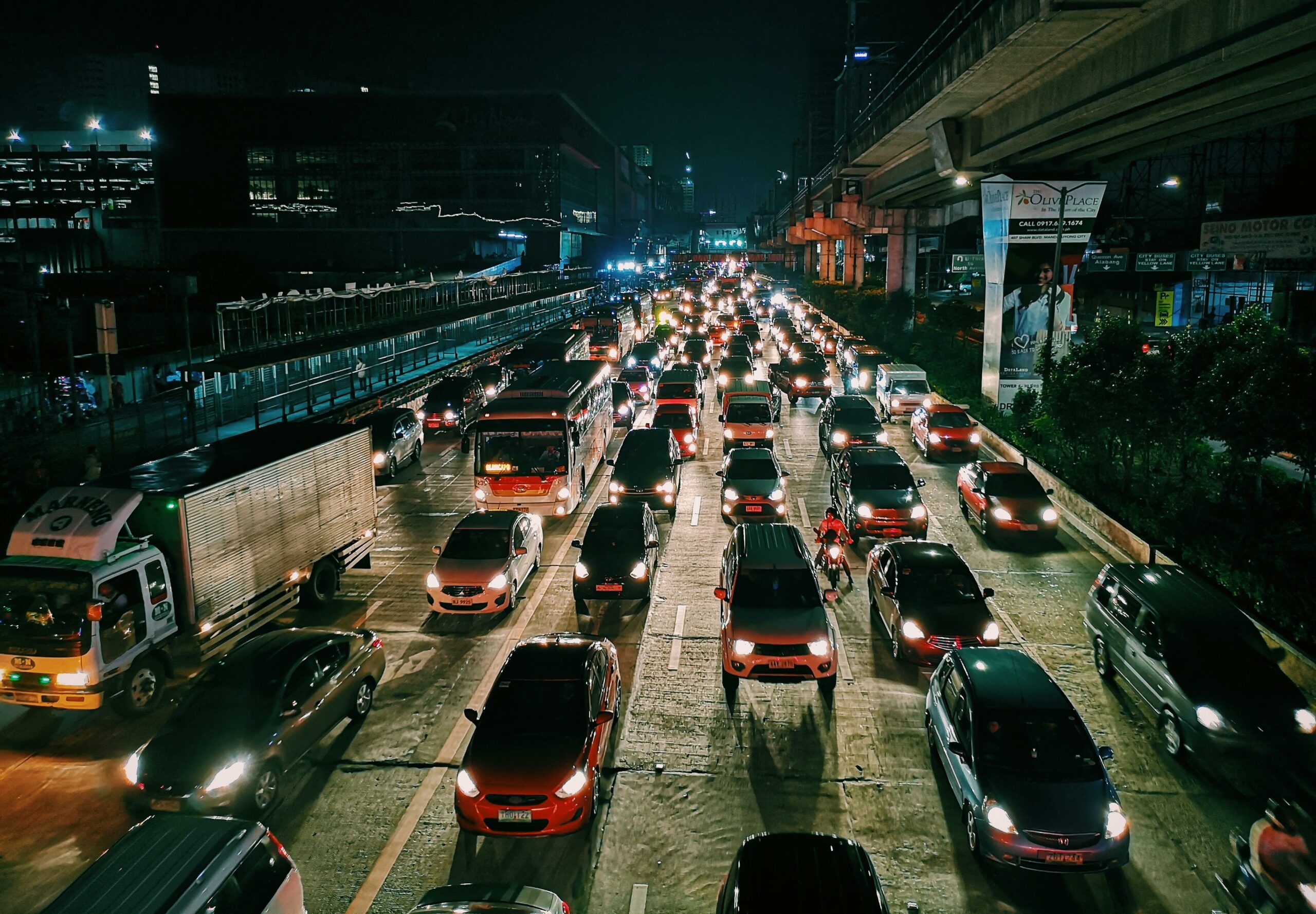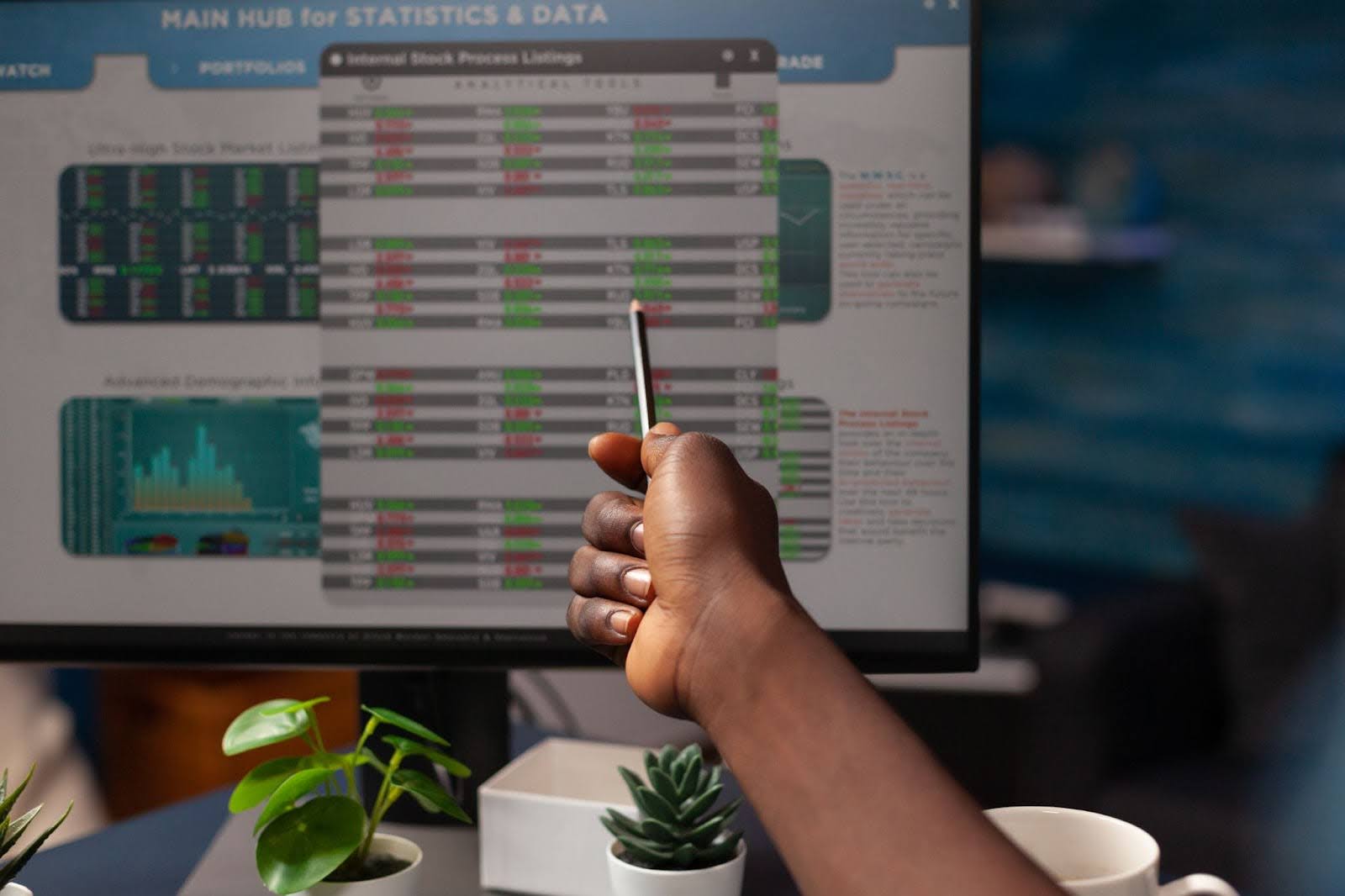The drive towards more livable cities reflects a global recognition of the need for urban spaces that prioritize the quality of life for all citizens. At the heart of this pursuit lies the concept of ‘complete streets’ — inclusive and safe pathways designed for a diverse range of users. As urban populations swell, with estimates suggesting that 70% of the world’s population will inhabit city spaces by 2050, the strategic development of such cities becomes essential. This challenge is met head-on by leveraging cutting-edge technology in digital solutions development, specifically artificial intelligence (AI) and machine learning (ML), to ensure that city growth is both sustainable and smart. As urban centers become increasingly digitized, the intelligent integration of such technology becomes vital.
The Impact of AI on Urban Mobility and Safety
Artificial intelligence and machine learning – when applied diligently and ethically – are adept at optimizing traffic patterns, effectively reducing congestion, and minimizing accident rates. AI-driven traffic systems, such as those in Barcelona, are crucial in decreasing commute times and lowering emissions, serving as a strategic tool for global urban centers aiming to achieve similar outcomes. Artificial intelligence also has the potential to significantly bolster pedestrian safety through the deployment of smart crosswalks equipped with predictive algorithms, which proactively alert drivers to potential pedestrian movements.
In the case of emergency response, AI and ML demonstrate remarkable precision in guiding first responders to incident sites via the fastest and safest routes, even during critical situations. This capability is facilitated by the continuous analysis of real-time traffic data, allowing AI systems to foresee and mitigate possible congestion points, thereby optimizing the efficiency of urban transportation networks. The application of AI in these contexts can efficiently smoothen traffic flow and improve citizen safety.
Case Studies: AI in Traffic Management

- Background: Pittsburgh deployed Surtrac, an AI-driven traffic signal control system.
- Implementation: Surtrac optimizes traffic signals in real-time, adapting to traffic conditions.
- Outcomes:
- Reduced travel times by 25%.
- Decreased idling time by over 40%, contributing to lower emissions.
Case Study 2: Copenhagen, Denmark
- Background: Copenhagen introduced an AI-based system to reduce bus and bike congestion.
- Implementation: The system uses data from sensors and traffic cameras to adjust traffic lights, prioritizing buses and bicycles.
- Outcomes:
- Improved public transportation efficiency.
- Increased cyclist safety and reduced overall traffic congestion.
- Background: Hangzhou’s “City Brain” project employs AI for urban traffic management.
- Implementation: Utilizing cloud computing and big data, the system manages over 1,000 traffic lights city-wide.
- Outcomes:
- Traffic congestion was reduced.
- Emergency vehicle response times improved.
The Evolution of Urban Planning Through Data Analytics

For the Department of Transportation (DOT) in the US, data analytics tools facilitate a deeper insight into traffic patterns, infrastructure needs, and public transit efficiency, enabling data-driven decisions that directly enhance urban livability and mobility. By leveraging real-time data, urban planners can dynamically adjust to the evolving needs of the cityscape, from optimizing traffic lights for smoother flows to planning more effective public transportation routes. This level of responsiveness was previously unattainable with traditional planning methods, which often relied on outdated data and static models.
The shift from traditional to modern, data-driven urban planning represents a significant leap toward creating more sustainable, efficient, and user-friendly urban environments. For the DOT, this transition means cloud services adaptation to manage the deluge of data from a myriad of sources, including IoT devices, public feedback, and traffic sensors. Cloud computing offers the scalability and flexibility required to analyze big data, support user-centered IT services, and implement predictive analytics for future planning. With this, the DOT can ensure that infrastructure developments and transportation services are aligned with the actual needs and behaviors of urban populations.
Conclusion
The integration of emerging technologies, such as artificial intelligence, machine learning, digital solutions and data analytics, into urban planning signifies a transformative shift towards sustainable, efficient, and inclusive cityscapes. By embracing digital solutions, user-centered services, and cloud adaptation, the DOT can position itself to lead this journey where cities not only grow smarter, but also become more livable and safer for every citizen.
TechSur invites organizations to join this transformative journey discussion, leveraging technology to redefine urban spaces.

